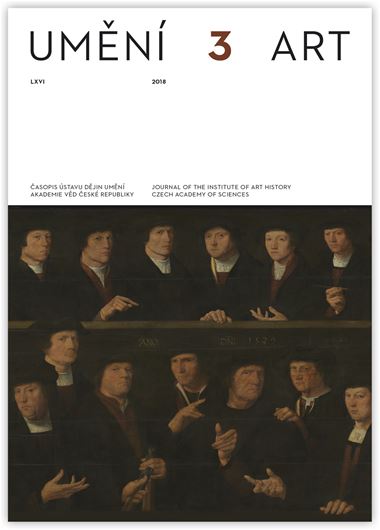Hubert Guzik
Architecture and Public Opinion Polls in Czechoslovakia shortly af er the Second World War
In 1945–1948, a period of hybrid democracy and building of the welfare state, Czech architects and planners began asking how ‘our workers’ actually want to live. To ascertain the opinions and preferences of future residents of planned mass housing developments, they began to use public opinion polls. In Czechoslovakia, these surveys were conducted less frequently and a few years later than in Great Britain, Scandinavia, or France. However, they still provide a noteworthy and relatively comprehensive source of information. Polls, carried out around the time of the Two-year Economic Plan (1947–1948), were seen by functionalists as a foundation of democratic legitimacy of their work, an element that placed architectural design in the very centre of the new popular rule. The inclusion of statistically processed requirements of ‘our workers’ into the design process corresponded to the then common perception of architecture as a scientific field, which was meant to build on collectively elaborated and objectified findings. Paradoxically, however, the voice of ‘our workers’ was often considered by expert circles to be not qualified enough, and therefore not binding. Experts believed that popular masses were incapable of understanding the long-term perspective of mass housing construction or the course of welfare state development in general. And therefore, the wishes of future residents were subjected to strict filtration — only some of them were seen by sociologists, architects and investors as justified. Poll results thus influenced the form of built houses only occasionally. For architects and planners, public opinion polls also revealed areas in which ‘our workers’ should be re-educated, fully in the spirit of the technocratic social engineering of early post-war years.
Full-text in the Digital Library of the Czech Academy of Sciences:
https://kramerius.lib.cas.cz/uuid/uuid:8981560f-50ee-46c8-b83f-08a5ed3d0a00
< back

